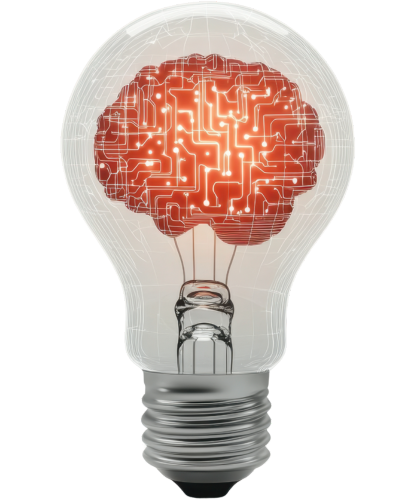





On 4 November 2025, the High Court of Justice in London delivered its long-awaited decision in Getty Images (US) Inc. and others v. Stability AI Limited1, a landmark case at the intersection of intellectual property law and artificial intelligence.
Getty Images, one of the world’s leading visual content providers, sued Stability AI, the company behind the Stable Diffusion image generation model, alleging the unlawful use of millions of copyrighted photographs from Getty’s databases to train the AI system.
The claimants alleged multiple forms of infringement:
The allegedly copied material derived from the LAION-5B dataset, a massive collection of web-scraped image–text pairs assembled by a German non-profit association, LAION e.V. Stability AI admitted that “some” Getty-sourced images were included in the training data but denied any direct liability, arguing that:
The proceedings raised novel questions on how existing UK copyright and trade mark law apply to machine-learning models that process human-authored content.
The first issue was whether Stability AI bore legal responsibility for the development, release, and operation of Stable Diffusion versions 1.x and 2.x.
Justice Smith held that the early versions of the model had been published on CompVis GitHub and Hugging Face by academic researchers from Heidelberg University, not by Stability AI.
As a result, the Court found that Stability AI was not legally responsible for the open-source publication of those versions and could not be treated as the principal infringer in respect of the initial releases.
Getty Images further alleged that the generation of synthetic images bearing GETTY IMAGES or ISTOCK watermarks infringed its registered trade marks.
The Court undertook a detailed analysis of all three forms of infringement under the Trade Marks Act 1994:
After considering expert and experimental evidence from both sides, the judge found that:
The Court stressed that these incidents were isolated, historic, and technically corrected in later versions (v2.x and SD XL).
Getty Images also pursued a secondary infringement claim under sections 22–27 CDPA, arguing that the Stable Diffusion model itself constituted an “infringing copy” of protected works.
The Court firmly rejected this argument, holding that:
Accordingly, the secondary infringement claim failed in its entirety.
A further issue concerned the exclusive licensing agreements between Getty Images and its photographers.
The Court confirmed that several template agreements constituted exclusive licences under section 92 CDPA, granting Getty standing to sue.
Nevertheless, this finding had no practical impact on the outcome, since the alleged copyright infringements were not established.
After extensive hearings and technical evidence, the High Court rendered a comprehensive 200-page judgment, concluding that:
As Mrs Justice Smith summarised:
“Although Getty Images succeed (in part) in their Trade Mark Infringement Claim, my findings are both historic and extremely limited in scope. The Secondary Infringement Claim fails.”
Importantly, this judgment was delivered following a liability-only trial, as ordered by Master McQuail on 22 April 2024 (“a first trial to determine liability”).
Consequently:
Such bifurcation is common in complex IP litigation, allowing the Court to determine the existence of liability before addressing the quantification of damages.
Thus, while Getty Images achieved a narrow declaratory success on trade mark infringement, no monetary award or injunction was issued at this stage of proceedings.
This ruling is the first in the United Kingdom to address, in depth, the legality of training and deploying generative AI models from an IP perspective.
Its key takeaways are clear:
This pragmatic approach seeks to balance creative-industry protection with technological innovation, reflecting judicial caution in an area where statutory reform is still evolving.
The decision in Getty Images v. Stability AI stands as a milestone in European and UK jurisprudence on artificial intelligence.
It reaffirms the primacy of territorial and statutory boundaries while signalling the judiciary’s readiness to adapt traditional IP principles to new technological realities.
Future proceedings, notably a possible quantum phase, will determine whether Getty Images pursues financial compensation for the limited trade mark infringements acknowledged.
For now, the High Court has provided the first clear judicial guidance on how generative AI models interface with copyright and trade mark law, setting an influential precedent for subsequent cases across Europe and beyond.
1 High Court of Justice (Business and Property Courts of England and Wales – Intellectual Property List, Chancery Division), Judgment of 4 November 2025 – [2025] EWHC 2863 (Ch)
Mrs Justice Joanna Smith DBE



